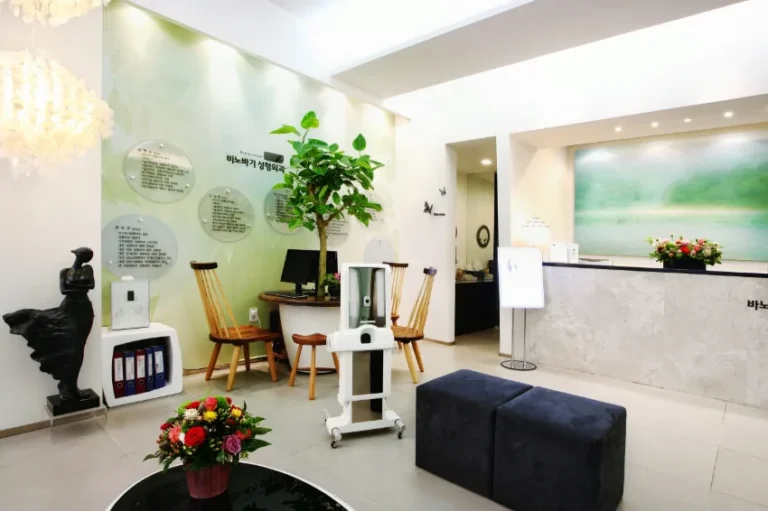South Korea has become a top destination for breast augmentation due to its world-class surgeons, advanced techniques, and competitive pricing. However, for many international patients, language barriers can be a significant challenge—from consultation to surgery and recovery.
If you’re considering breast augmentation in Korea but worried about communication gaps, this detailed guide will help you navigate and overcome language barriers smoothly, ensuring a safe, comfortable, and confident surgical journey.
🌏 Why Language Barriers Matter in Medical Tourism
Effective communication is critical for a successful cosmetic surgery experience:
- Understanding the surgeon’s advice and risks
- Providing a complete medical history
- Knowing how to prepare before surgery
- Following post-op instructions precisely
- Reporting any complications promptly
Miscommunication can lead to dissatisfaction, safety issues, or delayed healing. Korean clinics understand this and have developed strategies to help international patients overcome language barriers.
📝 Step 1: Choose a Clinic with Strong Multilingual Support
The easiest way to minimize language challenges is by selecting a clinic known for:
- Professional interpreters or translators on staff (English, Chinese, Japanese, Russian, Arabic, etc.)
- Multilingual patient coordinators who guide you through every step
- Clear, translated consent forms and brochures
- Video or written consultations in your language
💡 Tip: Before booking, ask the clinic which languages they support and request a sample of translated materials.
🎧 Step 2: Use Professional Medical Interpretation Services
If the clinic’s language support is limited, consider hiring an independent medical interpreter who specializes in healthcare.
- Many agencies offer in-person or remote video interpretation for Korean-English or other language pairs.
- Professional interpreters understand medical terminology and cultural nuances.
- Avoid relying solely on friends or family members unless they are medically fluent.
📱 Step 3: Utilize Technology to Bridge Gaps
Smartphone apps and online tools can assist communication but have limitations.
Recommended tools:
- Translation apps: Google Translate, Papago (Korean-developed), iTranslate
- Voice-to-text features for real-time conversation help
- Photo translation for signs, instructions, and consent forms
- Secure messaging apps (KakaoTalk, WhatsApp) to communicate asynchronously with clinic staff
⚠️ Warning: Automated translation apps can misunderstand medical terms—always verify with a professional when possible.
🤝 Step 4: Prepare Thoroughly Before Your Consultation
Preparation helps you express your needs clearly and understand instructions better.
- Write down your medical history, allergies, and current medications in both your language and Korean if possible.
- Prepare a list of questions and concerns ahead of time.
- Request that the clinic send you translated documents beforehand to review.
- Ask your coordinator to arrange a pre-surgery video consultation in your language.
🏥 Step 5: During Your Clinic Visits
- Always ask the clinic to provide an interpreter during important appointments, such as initial consultation, pre-op briefing, and discharge.
- Don’t hesitate to request repetition or clarification if something isn’t clear.
- Use visual aids or diagrams—many surgeons use before/after photos to explain techniques.
- Confirm your post-operative care instructions in writing (preferably translated).
📋 Step 6: Post-Surgery Follow-Up and Telemedicine
Language barriers can increase during recovery, especially when you’re at home.
- Choose a clinic offering telemedicine follow-up with multilingual staff.
- Use photo or video messaging to communicate progress and issues.
- Request written care instructions in your language.
- Keep a medical dictionary or glossary handy for terms related to breast augmentation.
🧳 Step 7: Bringing Your Own Language Resources
- Bring a notebook or phone app for notes and questions.
- Prepare flashcards or phrasebooks related to health and surgery.
- Consider hiring a local Korean-speaking guide or medical concierge for the duration of your stay.
🌟 Additional Tips for Comfort and Confidence
- Learn basic Korean medical phrases, like “pain,” “swelling,” “fever,” and “emergency.”
- Be patient and polite; cultural understanding helps reduce stress.
- Join online forums or social media groups of other international patients who had breast augmentation in Korea—many share translation tips and clinic recommendations.
💬 Final Thoughts
While language barriers can seem daunting, with the right preparation and resources, you can ensure clear, accurate communication throughout your breast augmentation journey in Korea. Don’t let language hold you back from achieving your aesthetic goals safely and confidently.




